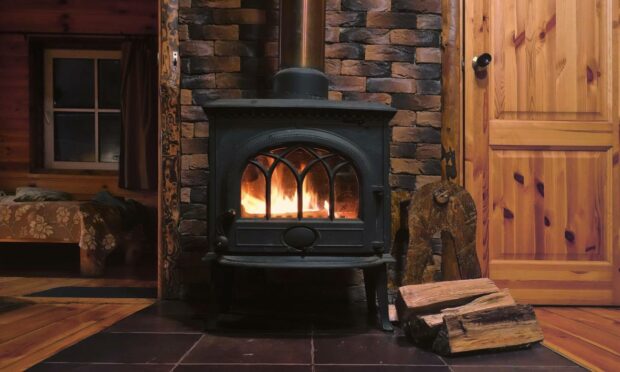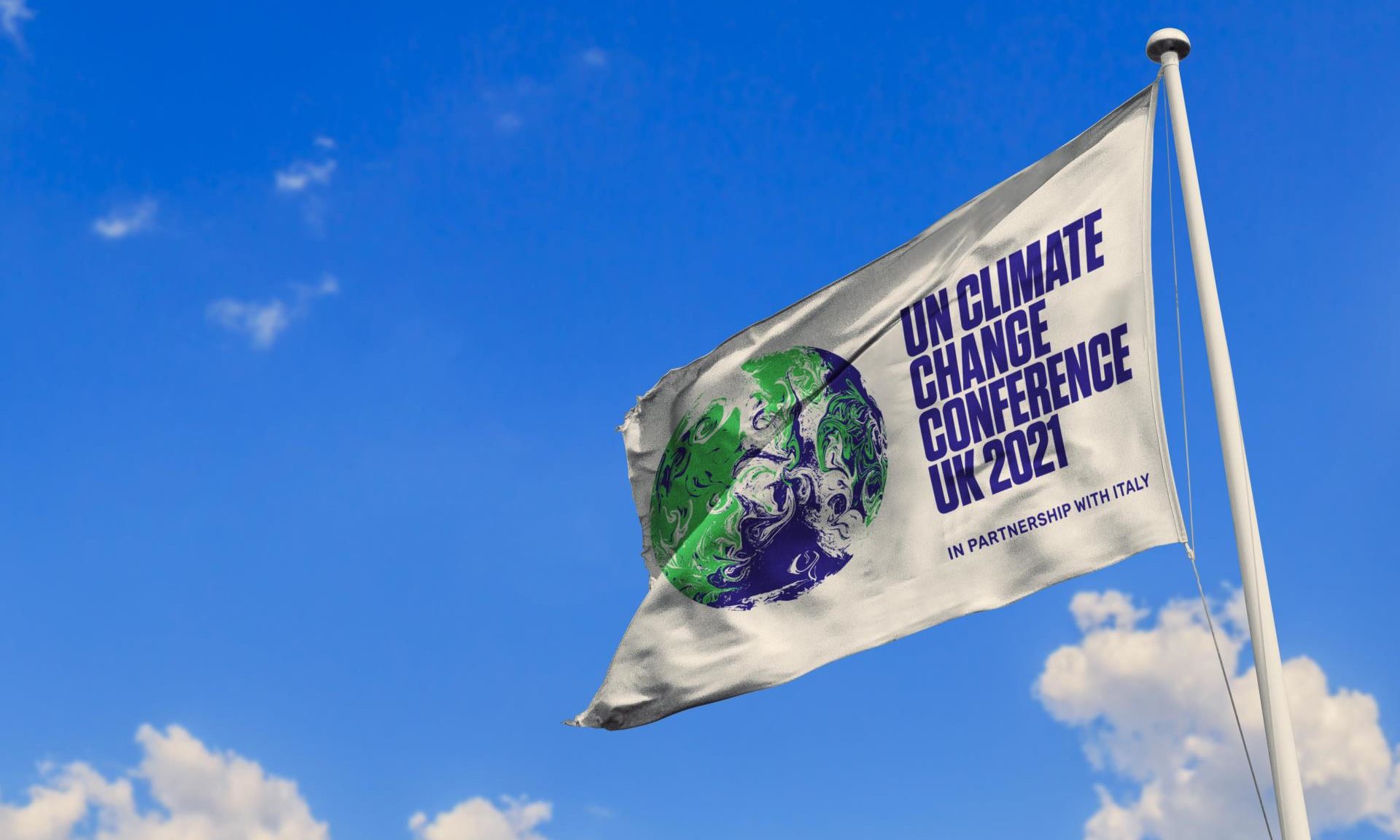This autumn, world leaders will converge on sunny Glasgow to talk climate change.
It occurred to me that the population of the north-east has a unique contribution to make to this conference. Many of us live in rural areas, nowhere near a gas supply, and are pioneers of renewable heating in the UK.
Renewable heating will be a hot topic at the COP26 climate change conference. If the UK is going to meet its target of net zero emissions by 2050, there will need to be a 40-fold increase in the number of homes who have low carbon heating installed. To you and me, that’s solar power and heat pumps.
I began work on converting a derelict steading in Moray in 2010 and set out with the best of intentions. I had a consultation with a very knowledgeable bearded and beaded man from the Energy Trust who recommended lots of expensive solutions. My builder and my architect came up with a shorter list which fitted our budget.
They advised us that an air source heat pump was the way to go because “you just plonk them in and away you go.” In hindsight this was sage advice, but at the time we couldn’t see the point of moving to the peace and quiet of the countryside only to have the permanent hum of a heating unit in the back garden. So we splashed out £17,000 on a ground source heat pump. We did careful calculations and worked out that the cost would be covered by an interest-free loan and could be paid back from the payments we’d receive from a government scheme.
Given all this expense and hassle, you would think that at least our bills are low. Nope. We spend about £3,000 on electricity per year
The diggers moved in and we arrived the following weekend to find the entire building as hot as a sauna. It seemed to be working a treat… until we found out that the builders’ enthusiasm with the thermostat had cost us several hundred pounds that weekend alone.
Stuck in a permanent battle with low carbon heating
Since then we have been in a permanent battle with our low carbon heating. No longer is warming up the house a simple matter of flicking on a switch. Now it involves programming complicated heat curves. The system is so complex that I am the only one who can use it – not because I am an eco heating expert but because I was the first to spend an entire weekend reading the manual and nobody else can be bothered.
The house is also cool. Thank goodness we installed a middle class trendy wood burner because this now pumps CO2 into the atmosphere every month except July. We relied on it so much in the winter that we installed a second one at the other end of the house.
Given all this expense and hassle, you would think that at least our bills are low. Nope. We spend about £3,000 on electricity per year which is way higher than average, and that doesn’t include the cost of wood.
Despite the number of off-grid homes in the north-east, there is a shortage of suppliers. We could find just one ground source heat pump supplier and this company is the only one which can fix the thing, which regularly breaks down. Therefore they are not the cheapest and we’re spending £400 a year on parts alone.
Suitable incentives and deterrents are needed
A friend came over and told us about her house renovation. She ignored all the advice from eco warriors and installed an old-fashioned, oil-fired heating system. Everyone thought she was mad. But she insulated that house to within an inch of its life and her energy bills are a couple of hundred quid a year.
All the government incentives we signed up to have not offset our costs. Meanwhile, we watch in horror as the folks down the road burn all their rubbish and even chuck some of it into a tributary of the River Spey. Has nobody at the council spotted that they don’t have any bins?
Thirty million homes will need to have low carbon heating installed over the next 28 years in order for us to offset climate change and, given the lifespan of the average heating system, we need to crack on.
But we need more suppliers, a better incentive scheme and deterrents for those who pollute, otherwise all the grand gestures in Glasgow will never translate into change in our homes.
Eleanor Bradford is a former BBC Scotland health correspondent and now works in communications in the education sector


